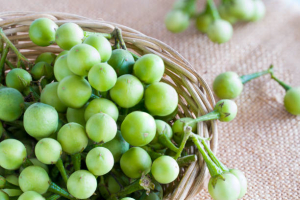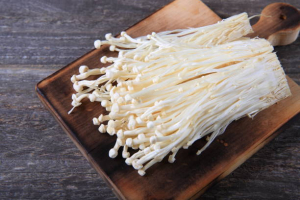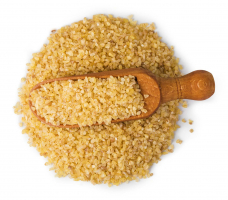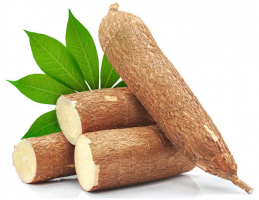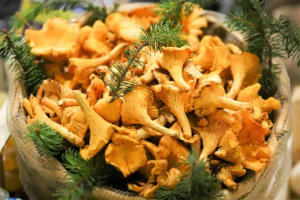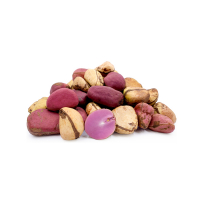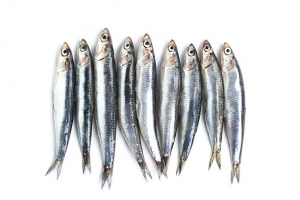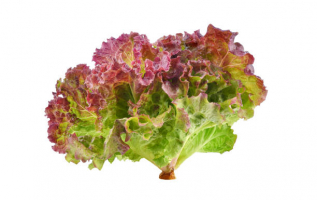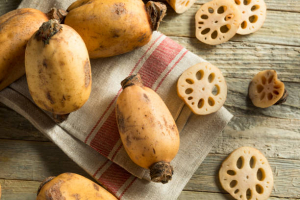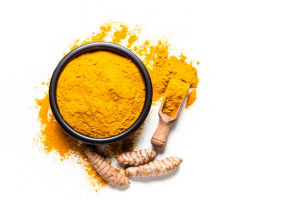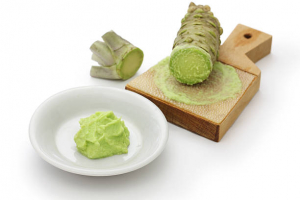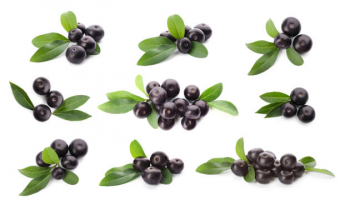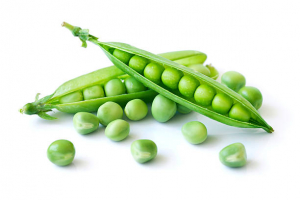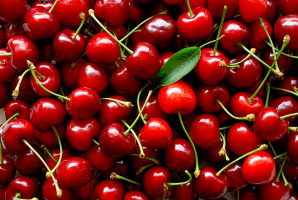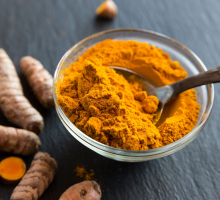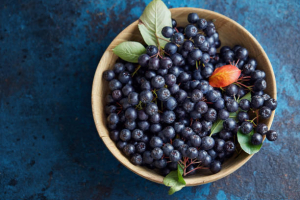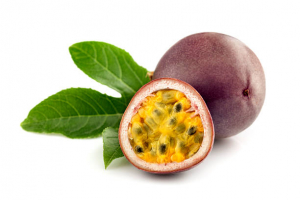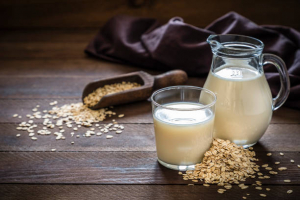Top 10 Health Benefits of Cabbage
Cabbage is an annual, leafy green, red, or white biennial vegetable. This cruciferous vegetable is round or oval in form and belongs to the Brassica family. It ... read more...has delicate, light green or white inner leaves that are covered by tougher, dark green outer leaves. It occurs in a range of forms and hues, including red, purple, white, and green, with crinkled or smooth leaves. Furthermore, cabbage is high in vitamins and minerals. This article reveals the most surprising health advantages of cabbage, all of which are supported by scientific evidence.
-
Despite its low-calorie content, cabbage boasts an outstanding nutritional profile. Cabbage also has trace levels of other micronutrients including vitamin A, iron, and riboflavin. It is high in vitamin B6 and folate, both of which are required for many vital activities in the body, including energy metabolism and appropriate nervous system function, as shown in the list below.
In fact, just 1 cup (89 grams) of raw green cabbage contains:
- Calories: 22
- Protein: 1 gram
- Fiber: 2 grams
- Vitamin K: 85% of the RDI
- Vitamin C: 54% of the RDI
- Folate: 10% of the RDI
- Manganese: 7% of the RDI
- Vitamin B6: 6% of the RDI
- Calcium: 4% of the RDI
- Potassium: 4% of the RDI
- Magnesium: 3% of the RDI
Furthermore, cabbage is high in fiber and includes potent antioxidants such as polyphenols and sulfur compounds. Antioxidants protect the body from free radical damage. Free radicals are unstable compounds that have an odd number of electrons. When their levels get too high, they might cause cell harm. Cabbage has a high concentration of vitamin C, a powerful antioxidant that may protect against heart disease, some malignancies, and eyesight loss.
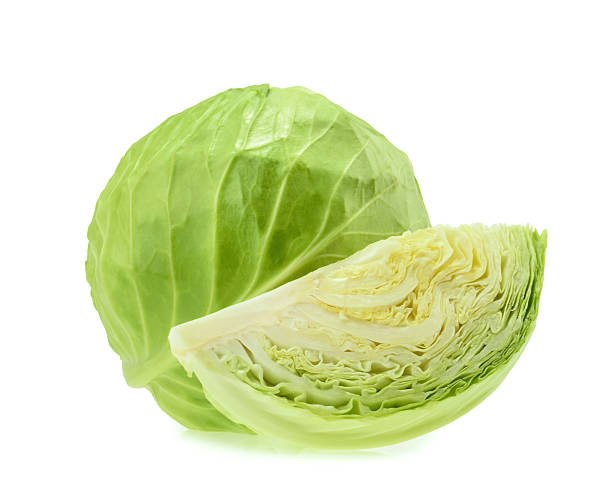
Pack With Nutrients 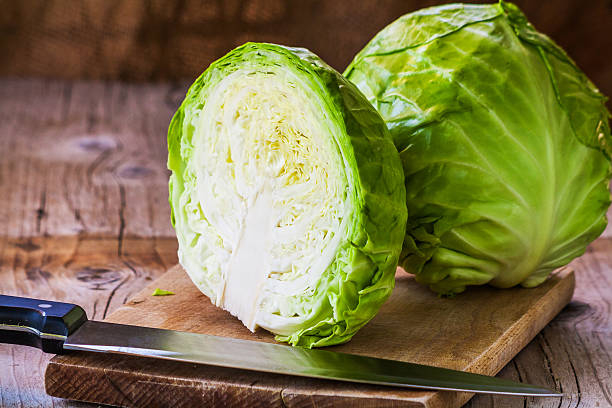
Pack With Nutrients -
Inflammation is not necessarily harmful. In truth, your body uses the inflammatory response to protect itself from infection and to speed up healing. Acute inflammation of this type is a natural reaction to an injury or infection. Chronic inflammation, on the other hand, is linked to a variety of disorders, including heart disease, rheumatoid arthritis, and inflammatory bowel disease.
Many different antioxidants have been proven to prevent chronic inflammation in cruciferous vegetables such as cabbage. In fact, studies have found that consuming more cruciferous vegetables lowers some inflammatory blood indicators. One research of over 1,000 Chinese women found that those who ate the most cruciferous vegetables had much lower levels of inflammation than those who ate the least. Sulforaphane, kaempferol, and other antioxidants present in this extraordinary group of plants are most likely responsible for their anti-inflammatory properties.
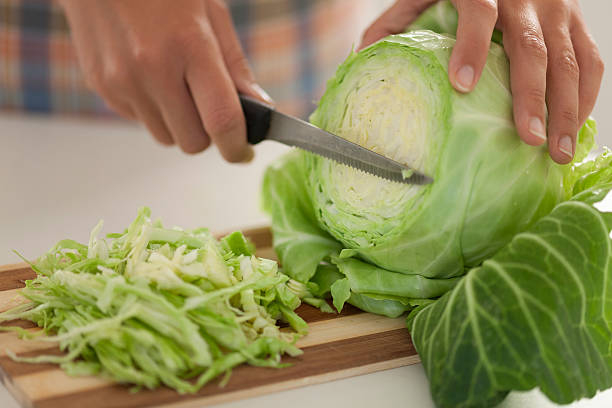
Help Keep Inflammation in Check 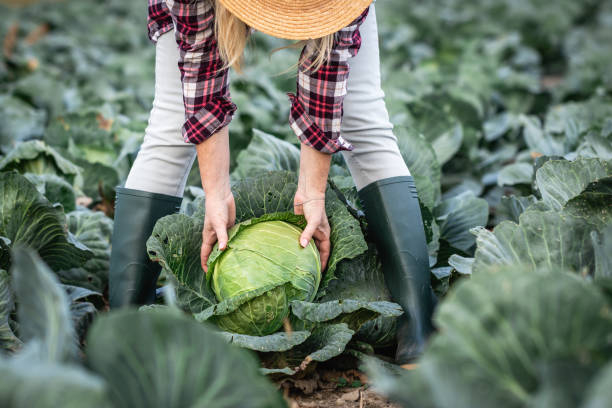
Help Keep Inflammation in Check -
Vitamin C, commonly known as ascorbic acid, is a water-soluble vitamin with several functions in the body. It is required, for example, to produce collagen, the most abundant protein in the body. Collagen provides skin structure and elasticity, and it is essential for the healthy functioning of bones, muscles, and blood vessels. Furthermore, vitamin C aids in the absorption of non-heme iron, which is abundant in plant foods.
Furthermore, it is a potent antioxidant. Indeed, it has been intensively studied for its possible cancer-fighting properties. Vitamin C acts to protect the body from free radical damage, which has been linked to a variety of chronic disorders, including cancer. A diet strong in vitamin C-rich foods appears to be connected with a decreased risk of some malignancies. In fact, a recent meta-analysis of 21 trials found that each daily 100-mg increase in vitamin C intake reduced the risk of lung cancer by 7%.
This study, however, had limitations since it could not identify whether the lower risk of lung cancer was caused by vitamin C or other substances contained in fruits and vegetables. While numerous observational studies have identified a correlation between increased vitamin C intake and a lower risk of some malignancies, controlled trials have yielded inconclusive findings. Although further study is needed to identify this vitamin's involvement in cancer prevention, it is clear that vitamin C plays a crucial role in many important bodily activities. While both green and red cabbage are high in this powerful antioxidant, red cabbage has around 30% more.
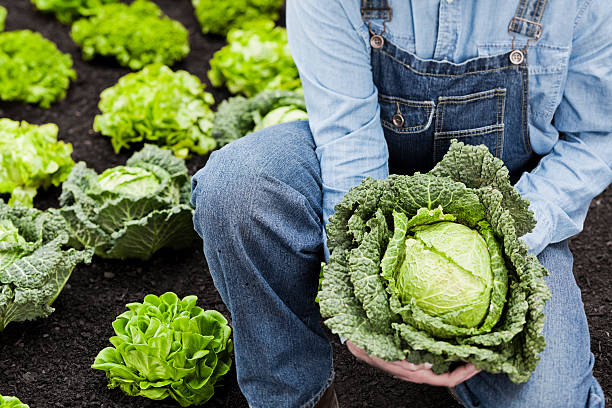
Pack With Vitamin C 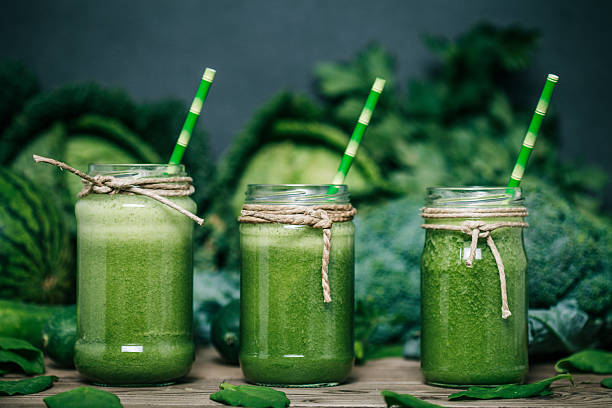
Pack With Vitamin C -
Fiber-rich cabbage is the way to go if you want to boost your digestive health. This crispy vegetable is high in insoluble fiber, which is a form of carbohydrate that cannot be broken down in the intestines. By adding weight to stools and encouraging regular bowel movements, insoluble fiber helps keep the digestive tract healthy.
It's also high in soluble fiber, which has been found to boost the number of healthy bacteria in the stomach. This is because fiber is the primary fuel source for beneficial bacteria such as Bifidobacteria and Lactobacilli. These bacteria conduct key activities such as immune system protection and the production of essential nutrients such as vitamins K2 and B12. Eating more cabbage is a great method to maintain your digestive system in good shape.
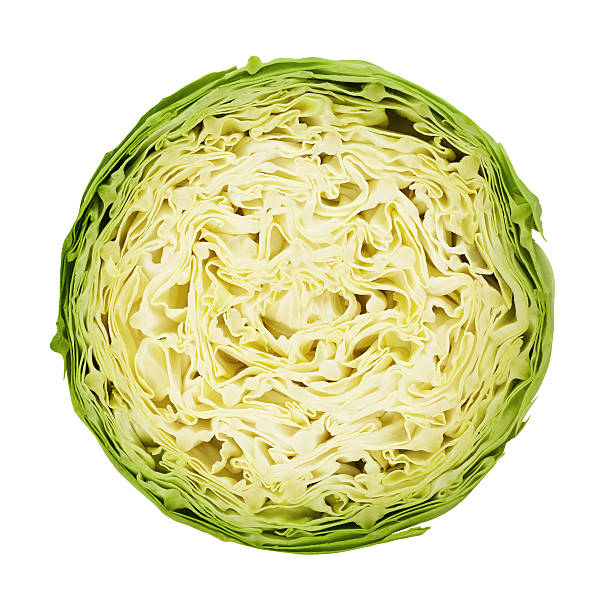
Improve Digestion 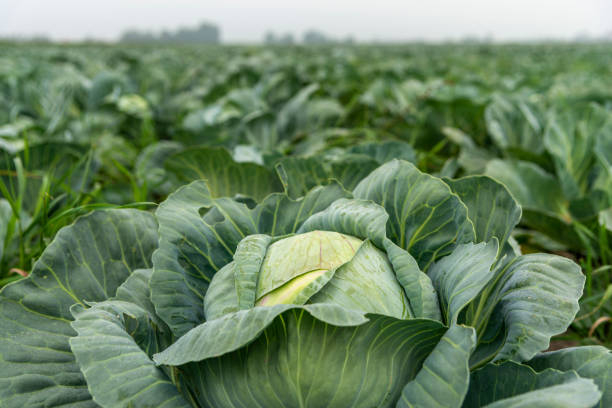
Improve Digestion -
Anthocyanins are potent chemicals found in red cabbage. They are responsible for the vivid purple color of this delectable vegetable. Anthocyanins are plant pigments that are members of the flavonoid family. A number of studies have established a correlation between eating foods high in this pigment and a lower risk of heart disease. In a study of 93,600 women, researchers discovered that individuals who consumed more anthocyanin-rich foods had a substantially decreased chance of having a heart attack.
Similar findings were found in another study of 13 observational studies including 344,488 persons. It discovered that increasing flavonoid consumption by 10 mg per day was connected with a 5% decreased risk of heart disease. Increased dietary anthocyanin consumption has also been found to lower blood pressure and the risk of coronary heart disease. Inflammation is known to play a significant role in the development of heart disease, and anthocyanins' anti-inflammatory properties are believed to be responsible for their preventive impact. Cabbage has around 36 distinct types of anthocyanins, making it a good choice for heart health.
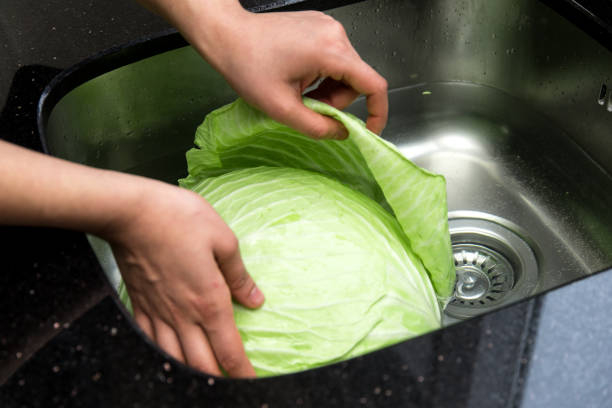
Keep Your Heart Healthy 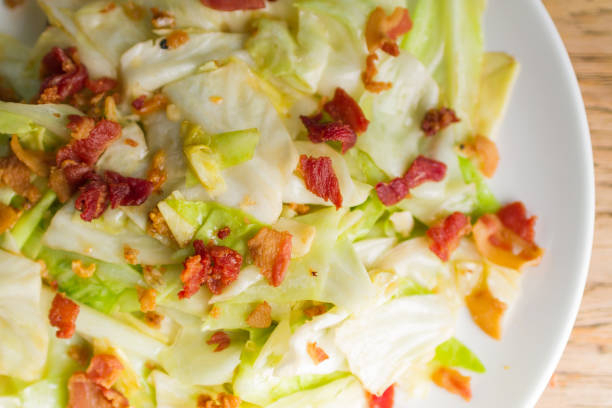
Keep Your Heart Healthy -
More than one billion individuals worldwide suffer from high blood pressure, which is a major risk factor for heart disease and stroke. Patients with high blood pressure are frequently advised by doctors to limit their salt consumption. However, new research indicates that boosting your dietary potassium is as helpful for reducing blood pressure. Potassium is a mineral and electrolyte that the body needs in order to operate correctly. One of its primary functions is to aid in the regulation of blood pressure by counteracting the effects of sodium in the body.
Potassium aids in the excretion of excess sodium through the urine. It also relaxes the blood vessel walls, lowering blood pressure. While both sodium and potassium are essential for health, modern diets are too rich in sodium and deficient in potassium. Red cabbage is a great source of potassium, providing 12% of the RDI in a 2-cup serving. Consuming more potassium-rich cabbage is a tasty method to reduce high blood pressure and keep it within a healthy range.
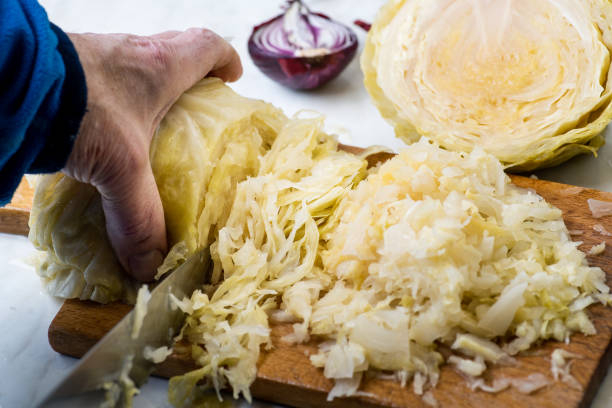
Lower Blood Pressure 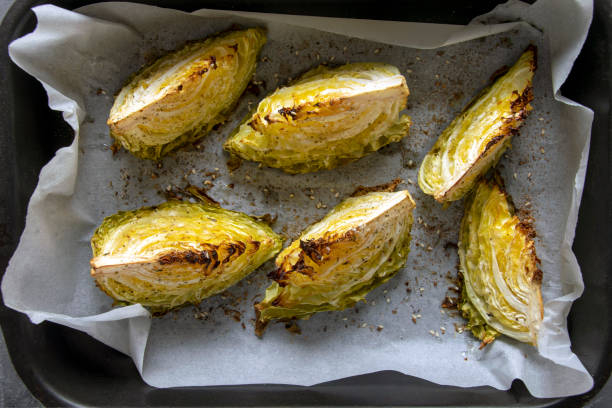
Lower Blood Pressure -
Cholesterol is a waxy, fat-like molecule found in all of your body's cells. Some people believe that all cholesterol is harmful, although it is necessary for the body to operate properly. Cholesterol is required for critical functions such as digestion and the creation of hormones and vitamin D. High cholesterol, on the other hand, is associated with an increased risk of heart disease, particularly when "bad" LDL cholesterol levels are raised. Cabbage has two compounds that have been demonstrated to lower harmful LDL cholesterol levels.
Soluble fiber has been demonstrated to decrease "bad" LDL cholesterol levels by adhering to cholesterol in the stomach and preventing it from being absorbed into the bloodstream. A major meta-analysis of 67 research found that eating 2–10 grams of soluble fiber per day resulted in a slight, but substantial, drop in LDL cholesterol levels of about 2.2 mg per deciliter.
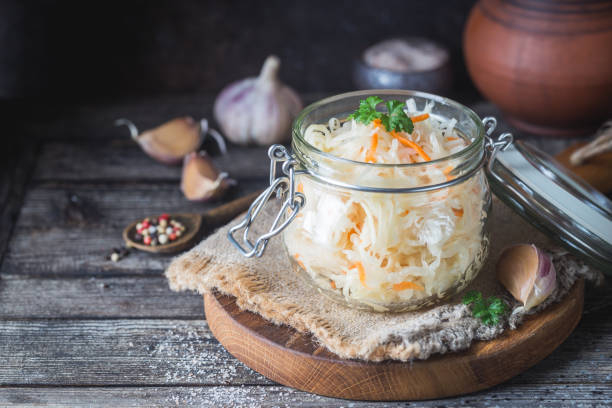
Lower Cholesterol Levels 
Lower Cholesterol Levels -
Cabbage, in general, is high in vitamin C, according to the New Wellness Encyclopedia. A cup and a half of raw red cabbage have enough vitamin C to satisfy your daily needs. Another advantage of a high vitamin C content is that it promotes skin health. It may offer photoprotection, aid in wound healing, and reduce wrinkles and dry skin.
Cabbage is usually recommended as a healthy weight-loss food. Because it contains many important vitamins, minerals, and other nutrients, including water and fiber, it is a good nutritional alternative for those who want to eat better and lose weight. It may also be low in calories, with a cup of cooked vegetables containing only 33 calories. Given these advantageous characteristics, the fad "cabbage soup" diet is frequently employed by persons seeking to lose weight quickly. However, keep in mind that it may not be nutritionally complete and should be considered a supplement to a balanced, nutritious diet rather than the major component!
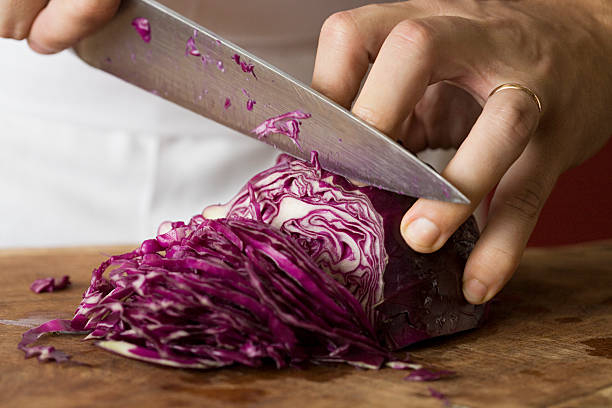
Help With Skincare and Weight Loss 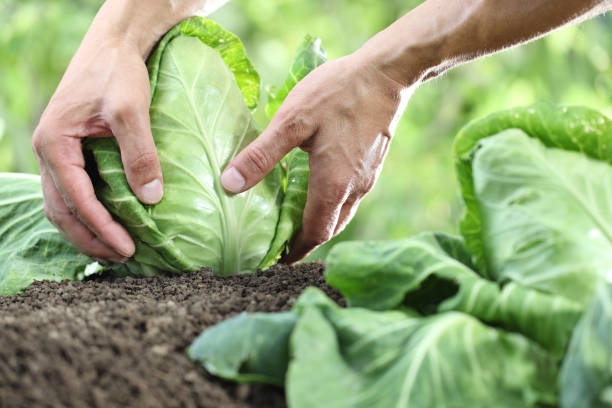
Help With Skincare and Weight Loss -
Cabbage contains vitamin K, iodine, and antioxidants such as anthocyanins. These elements can be advantageous as brain-building blocks. However, a new study indicates that it may do much more than protect the anatomical integrity of the brain and neurological system. A 2019 study published in the journal Nature Communications by the University of Rochester discovered that cruciferous vegetables like cabbage may help reduce levels of harmful tau proteins detected in Alzheimer's sufferers' brains. Cruciferous vegetables were also advised by the Academy of Nutrition and Dietetics to improve memory.
It, like many cruciferous vegetables, is high in minerals such as calcium, magnesium, and potassium. These three vital minerals can help prevent bones from deterioration and the start of illnesses such as osteoporosis and general bone weakness. Vitamin K-rich foods, such as cabbage, are recommended by the National Spine Health Foundation to strengthen bones, cartilage, ligaments, and muscles.

Support Brain Health and Bone Health 
Support Brain Health and Bone Health -
Iron insufficiency is one of the world's most prevalent nutritional deficits and a significant cause of anemia, a disorder defined by insufficient quantities of healthy red blood cells. Symptoms of anemia and low iron levels include dizziness, weakness, and exhaustion, but anemia can also cause loss of appetite, brittle nails, and hair loss.
If you have low iron levels, your doctor or nutritionist may advise you to treat them with dietary supplements, iron-rich meals like red meat, or a mix of supplements and foods. You may also be advised to take your iron with orange juice, as vitamin C aids iron absorption in the digestive tract. Cabbage is not a very high-iron source, but because it is strong in vitamin C, it can help your body absorb more iron from other meals. Furthermore, cabbage does not contain large levels of phytates or other substances known to inhibit iron absorption. In fact, in research evaluating iron bioavailability from several plant-based diets, sauerkraut (fermented cabbage) came in first while plain cabbage came in third.
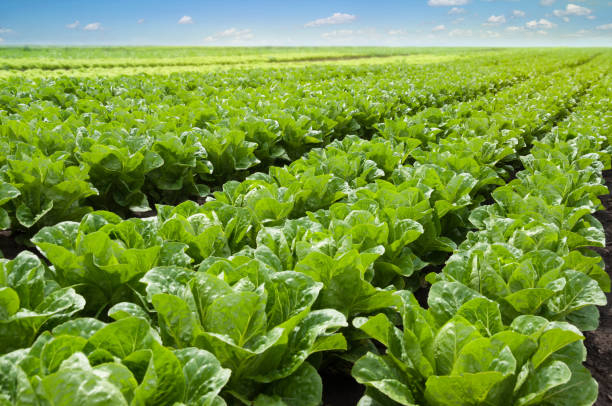
Benefits for People Suffering from Iron Deficiency 
Benefits for People Suffering from Iron Deficiency












